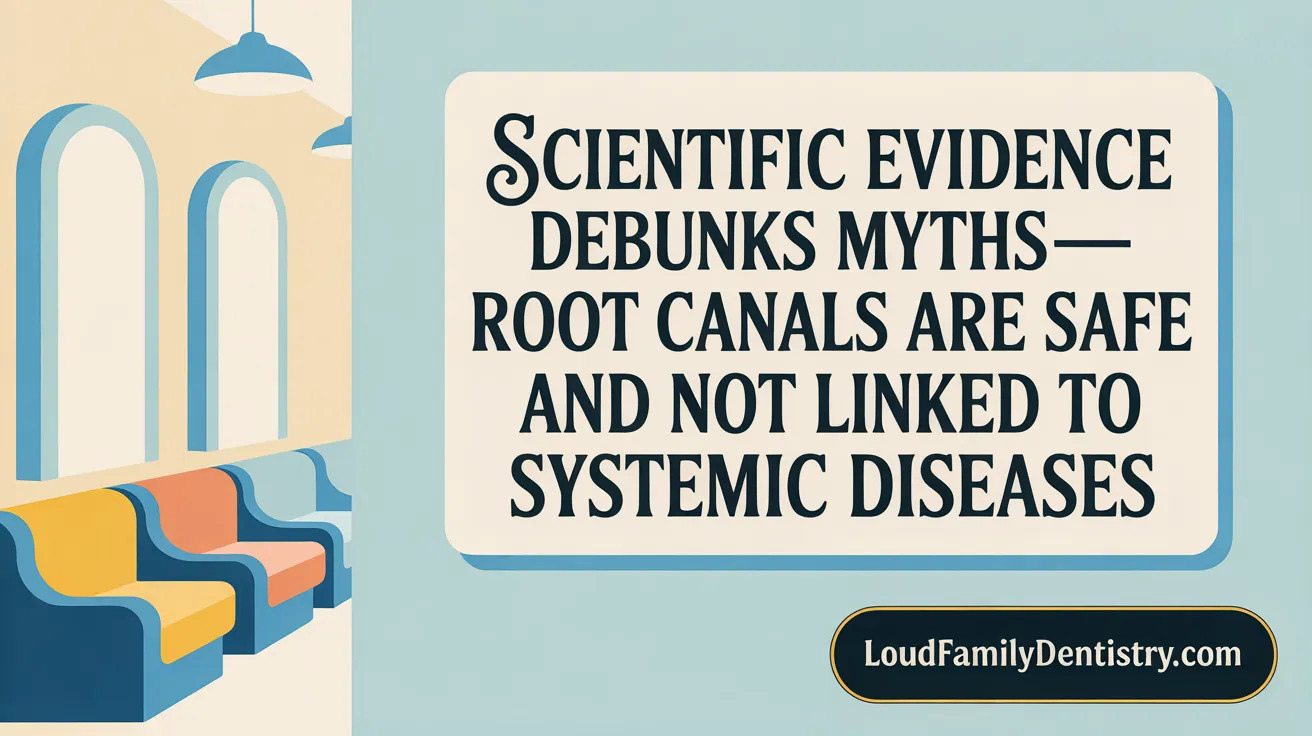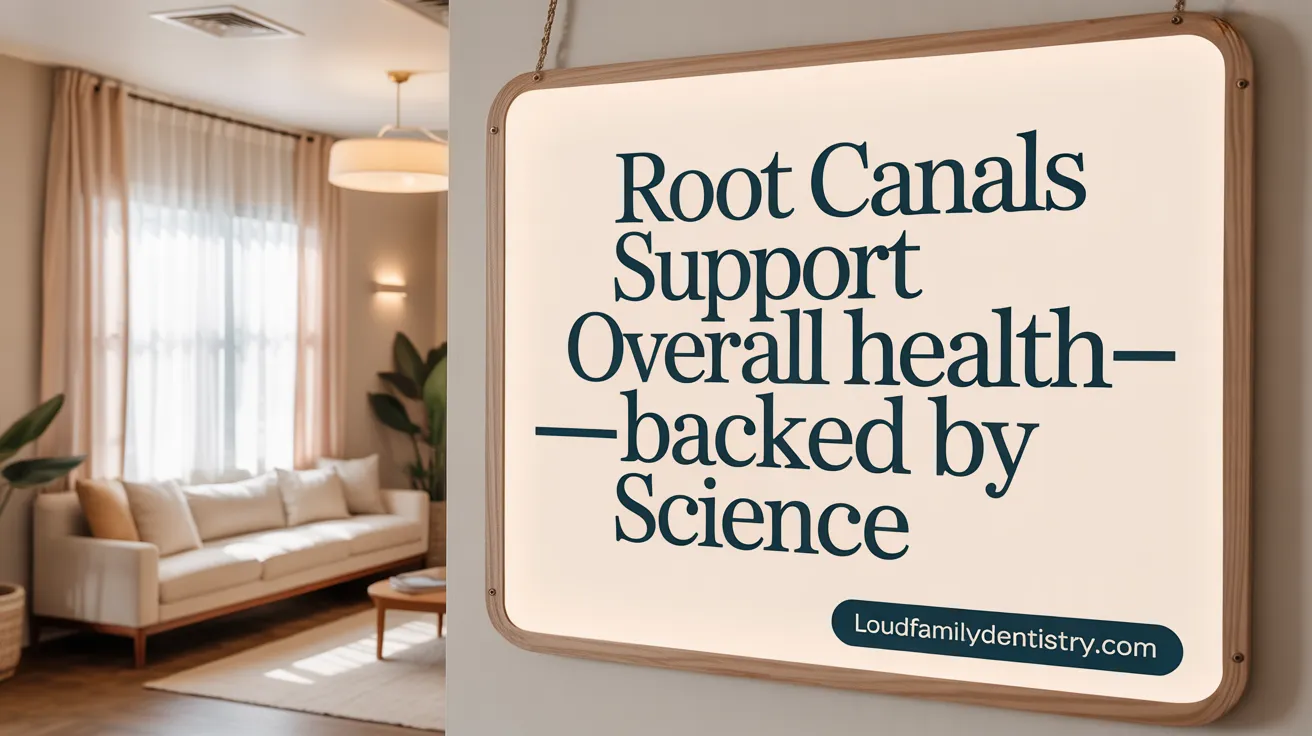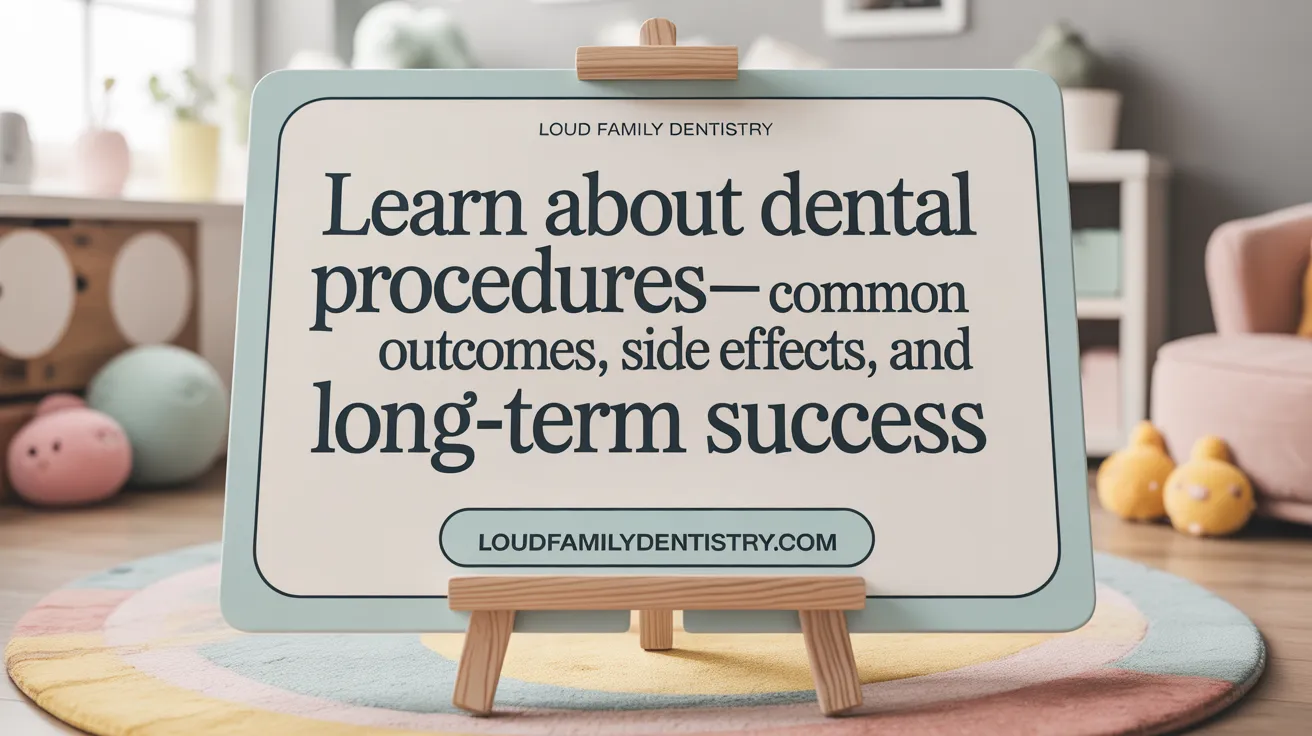Separating Root Canal Facts from Fiction
Root canal treatments are often surrounded by myths and misconceptions that can cause unnecessary fear and misunderstanding. This article aims to clarify the truths about root canals, highlighting their safety, effectiveness, and role in preserving natural teeth. By exploring scientific evidence and addressing common concerns, we aim to dispel the fears associated with this vital dental procedure and present an accurate, evidence-based perspective.
Safety and Efficacy of Root Canal Treatment

Is root canal treatment safe?
Root canal therapy is widely regarded as a safe and reliable procedure when performed by qualified dental professionals such as dentists or endodontists. Thanks to modern technology, advanced anesthetic techniques, and improved procedures, most root canals are virtually painless and completed within one or two appointments.
Many patients report the treatment as being no more uncomfortable than getting a routine filling. During the procedure, local anesthesia ensures that patients feel little to no pain, countering outdated myths about extreme discomfort.
What does scientific evidence say about systemic disease links?
There is no scientific evidence that links root canal treatments to illnesses or systemic diseases such as arthritis, heart disease, or cancer. Long-debunked claims from nearly a century ago suggesting a connection have been thoroughly refuted by current research. For instance, a 2013 study published in JAMA Otolaryngology—Head & Neck Surgery found that patients with multiple endodontic treatments had a 45% reduced risk of cancer, indicating potential health benefits.
How is pain managed during and after the procedure?
Modern anesthesia techniques make root canal procedures largely painless. Patients often describe the experience as similar to having a filling. Post-treatment discomfort, if any, is generally mild and temporary, manageable with over-the-counter painkillers like ibuprofen or acetaminophen.
Why preserve a natural tooth instead of opting for extraction?
Preserving the natural tooth through root canal therapy offers significant advantages over extraction. It maintains natural function, preserves aesthetics, and prevents issues like teeth shifting or bite misalignment. Additionally, removing a tooth can lead to jawbone deterioration and more complex, costly treatments such as implants or bridges.
What are the success rates and long-term prospects of root canal therapy?
Most root canals have a success rate of about 85 to 95%, allowing many teeth to last a lifetime. With proper restoration, such as crowns or onlays, the treated tooth can regain full function and appearance. If reinfection occurs, it is often treatable with additional procedures. Modern techniques and good oral hygiene further enhance the longevity of root canal-treated teeth.
| Aspect | Details | Additional Notes |
|---|---|---|
| Procedure safety | Highly safe when performed by trained professionals | Modern technology reduces discomfort |
| Scientific evidence | No link to systemic diseases; may reduce cancer risk | Outdated myths debunked |
| Pain management | Usually painless during and after | Anesthesia and painkillers aid comfort |
| Preservation benefits | Maintains natural function and appearance | Prevents complications from extraction |
| Success rate | Typically 85-95% | Most teeth last a lifetime if properly cared for |
| Long-term outlook | Treated teeth often last a lifetime | Follow-up restorations necessary |
In conclusion, root canal treatments are safe, supported by solid scientific evidence, and highly effective in saving natural teeth. Modern advancements have transformed what once was a painful procedure into a routine, pain-free experience that preserves oral health and overall well-being.
Dispelling Pain Myths: What to Expect During a Root Canal

How intense is the pain typically experienced during a root canal procedure on a scale from 1 to 10?
The pain experienced during a root canal procedure is generally very minimal, thanks to modern anesthesia techniques and advancements in dental technology. Most patients rate their discomfort between 0 and 3 out of 10, indicating that the procedure is practically painless. While infection or inflammation in the tooth can cause pain before treatment, the actual procedure aims to alleviate that pain.
Before the procedure begins, the dentist administers local anesthesia, such as Novocaine, to numb the area completely. This ensures that patients are comfortable and free from pain during the treatment itself. Some individuals might feel slight sensations or pressure, but significant pain is rare.
Post-treatment, it's common to experience mild to moderate soreness or sensitivity. This discomfort typically lasts a few days and can be managed effectively with over-the-counter pain relievers like ibuprofen or acetaminophen. Overall, most patients find a root canal to be an easy, pain-free experience, which is a vast improvement from the misconceptions of extreme pain often associated with it in the past.
Root Canals and Overall Health: Myths vs. Evidence

Is there a link between root canals and systemic health?
Modern scientific research has thoroughly debunked myths that suggest root canal treatments cause systemic illnesses such as heart disease, arthritis, or other chronic conditions. In fact, current evidence indicates that root canals are safe and do not increase the risk of systemic diseases. Recent studies, including a notable 2013 publication in JAMA Otolaryngology—Head & Neck Surgery, demonstrate that people who undergo multiple endodontic procedures may even experience health benefits, like a reduced risk of certain cancers.
Debunking outdated research
The misconceptions about root canals causing illness originate from research nearly a century old, which has since been discredited by advances in science and medicine. The earlier studies implicated amalgam fillings and other questionable factors, but they were not scientifically rigorous. Today, extensive modern research confirms there’s no credible link connecting root canal treatments to systemic diseases.
What is the impact on heart health and infection prevention?
Contrary to outdated fears, root canal therapy can contribute positively to overall health by preventing infections from spreading. Untreated infections in the tooth’s pulp can lead to bacteria entering the bloodstream, which may affect the heart. Proper root canal treatment removes infected tissue, reducing bacterial load and lowering the risk of conditions such as endocarditis, an infection of the heart's inner lining. This makes timely root canal treatment an important aspect of maintaining both oral and cardiovascular health.
The immune system and bacteria in the mouth
Bacteria are naturally present in the mouth; their presence alone does not usually cause harm. The body’s immune system efficiently manages oral bacteria, and a healthy immune response can handle bacteria that may enter the bloodstream through teeth. Root canal procedures aim to eliminate harmful bacteria from infected root canals, boosting the body's ability to maintain health without increasing systemic risk.
| Aspect | Clarification | Additional Details |
|---|---|---|
| Systemic health impact | No evidence links root canals to systemic diseases | Scientific consensus and studies show safety |
| Myths from history | Outdated research from nearly 100 years ago | Discredited by modern science |
| Heart health | Root canals can prevent bacteria-related heart infections | They reduce bacterial spread from oral infections |
| Bacteria in the mouth | Natural presence does not imply infection | Immune system manages bacteria efficiently |
In conclusion, root canal therapy is a safe procedure that helps maintain oral health without harming overall systemic health. The myth that root canals cause disease has been thoroughly debunked, and maintaining proper dental care, including timely root treatments, supports long-term health and well-being.
Preventive Measures: Reducing the Need for Root Canal Therapy
Maintaining good oral hygiene practices is the most effective way to prevent the need for root canal treatment. Brushing teeth at least twice daily with fluoride toothpaste and flossing daily helps remove plaque — the sticky film of bacteria that can cause cavities and infections inside the tooth pulp.
Regular dental checkups are crucial because they allow early detection of issues like small cavities or slight pulp damage before they worsen. Dentists can address minor problems with simple treatments, avoiding the progression to infection that often requires a root canal.
Lifestyle choices also play an essential role in dental health. Avoiding hard foods, chewing ice, and managing habits like teeth grinding can prevent cracks and fractures that might lead to bacteria entering the tooth and causing infections.
Minimizing consumption of acidic and sugary drinks reduces erosion of enamel and cavity development. Early treatment of dental decay ensures issues don't deepen and invade the pulp, thereby lowering the chance that a root canal will become necessary.
While there is no specific toothpaste exclusively proven to prevent root canals, those with fluoride, hydroxyapatite, or calcium phosphate can strengthen enamel. Nonetheless, effective prevention depends on a comprehensive approach: good oral hygiene, a healthy diet, and regular professional care.
Adopting these habits helps maintain the natural health of teeth, reduces the risk of decay and infection, and ultimately diminishes the likelihood of needing invasive procedures such as root canals.
Understanding Side Effects and Long-Term Risks

What are the common side effects and long-term risks associated with root canal treatment?
Root canal treatment is considered a safe and effective dental procedure. However, like any medical treatment, it can have some side effects and potential long-term risks.
One common aesthetic concern is discoloration of the treated tooth, which can sometimes occur over time. This may affect the tooth’s appearance but can often be corrected with cosmetic procedures like whitening or veneers.
The treated tooth may become more brittle after the procedure, increasing the risk of fractures. To prevent this, dentists usually recommend placing a crown or restoration that provides extra support and strength.
Reinfection is another concern, especially if the seal created during treatment is compromised or if bacteria enter the root canal again. Regular dental checkups and good oral hygiene are crucial to detect and address any issues early.
Some patients might experience allergic reactions to materials used in the procedure, such as certain filling materials or anesthetics. Though rare, these reactions can include swelling, irritation, or numbness.
In very rare cases, nerve damage can occur, leading to numbness, tingling, or pain in the surrounding tissues.
Proper post-treatment care, including follow-up visits, restorative work like crowns, and maintaining oral hygiene, helps maintain the tooth’s health and appearance.
Most long-term complications like fractures, reinfection, or discoloration are manageable and do not significantly affect the success of the treatment if proper care is followed.
Ultimately, the risks associated with root canal treatment are low, and with professional care, the success rate remains high, often lasting a lifetime.
Root Canal Treatment: Facts That Empower You
Root canal therapy is a safe, effective, and often pain-free procedure designed to save natural teeth and maintain oral health. Modern dental advances have dispelled many longstanding myths, confirming that root canals do not cause systemic diseases, maintain heart health, and often relieve pain rather than cause it. Preventive care and timely treatment reduce the need for invasive procedures, and understanding treatment benefits alongside potential risks empowers patients to make informed decisions. Ultimately, root canal treatment is a reliable, cost-effective way to preserve natural teeth and promote overall well-being.
References
- Myths About Root Canals - American Association of Endodontists
- Debunking Common Root Canal Myths | Wichita KS Endodontics
- 8 Common Myths About Root Canals - Dental Health Concepts
- Examining Myths & Facts About Root Canal Therapy | Dr. Rachel Clark
- Myths About Root Canals - Cosmetic Dentistry Charleston SC
- 7 Common Myths About Root Canal Therapy - Chestnut Dental
- Are Root Canals Bad for You? | Penn Dental Medicine
- Root Canals Myths Fairport NY
